Discovering the world of coffee can be an exhilarating journey, especially when you dive into the delightful experience of coffee workshops. These workshops offer a chance to learn about everything from selecting the perfect beans to mastering the art of roasting. Whether you’re a beginner or an experienced coffee enthusiast, there’s something special waiting for you.
Imagine the aroma of freshly roasted coffee filling the air as you gain hands-on experience in brewing techniques and discover your unique flavor preferences. With the right guidance, you can elevate your coffee game and impress your friends with your newfound knowledge. Let’s explore the wonderful aspects of coffee workshops that can ignite your passion for this beloved beverage.
- Learn how to choose the right coffee beans for your taste.
- Discover the basics of roasting and how it affects flavor.
- Explore various brewing methods to find your ideal cup.
Choosing Coffee Beans: A Guide for Beginners to Experts
Types of Beans and Their Characteristics
When it comes to coffee, the type of beans you choose can significantly affect your overall experience. There are two main types of coffee beans: Arabica and Robusta. Arabica beans are known for their smooth, mild flavor and often have a hint of sweetness, making them a favorite for many coffee lovers. On the other hand, Robusta beans tend to have a stronger, more bitter taste and contain higher caffeine levels, which can be appealing for those who enjoy a bold cup of coffee.
Understanding these characteristics is crucial as you embark on your coffee journey. By learning about the types of beans available, you can better appreciate the various flavors and aromas that different beans bring to your cup. This knowledge will not only enhance your tasting experience but also help you make informed decisions when selecting beans for your home brewing.
- Arabica beans are smooth and mild.
- Robusta beans are strong and bitter.
- Each type offers unique flavor profiles.
Key Points for Selection
Selecting the right coffee beans can be a delightful yet overwhelming task, especially with so many options out there. A few key points can make this process easier. First, consider your flavor preferences. Do you enjoy fruity and floral notes, or do you lean towards chocolatey and nutty flavors? This initial assessment will guide you in choosing beans that suit your taste.
Next, think about the roast level. Light roasts preserve the beans’ natural flavors and acidity, while dark roasts bring out deeper, richer tones and reduce acidity. Knowing how roast levels impact taste can help you find your ideal coffee. Additionally, pay attention to the freshness of the beans. Freshly roasted beans will provide the best flavor, so look for local roasters or specialty shops that emphasize freshness.
Lastly, don’t hesitate to experiment. Visiting workshops can provide valuable insights and allow you to taste different beans side by side. This hands-on approach can be incredibly beneficial in honing your coffee preferences and discovering new favorites.
- Assess your flavor preferences before selecting beans.
- Understand how roast levels impact taste.
- Explore local workshops for hands-on experiences.
The Charm of Roasting: Enjoying Coffee at Home
Basics of Roasting
Roasting is where the magic truly begins in the coffee-making process, transforming green beans into the rich, aromatic coffee we love. It’s fascinating to think about how roasting affects the flavors and aromas we experience in each cup. The temperature and duration of the roast can bring out different characteristics, making it essential to understand the basics.
During the roasting process, beans undergo several stages, including the first crack, which indicates that they are reaching a light roast, and the second crack, signaling a darker roast. Each stage plays a crucial role in developing the flavor profile. For beginners, starting with lighter roasts can help you appreciate the unique qualities of the beans. As you gain confidence, you might want to experiment with medium and dark roasts to discover your preferences.
Another important aspect is how roasting influences acidity. Lightly roasted beans tend to have higher acidity, adding a bright and fruity taste. In contrast, dark roasts are lower in acidity and often have a richer, fuller body. Knowing this can guide you in selecting the roast that best suits your palate.
Roasting at home can seem daunting, but with practice, it becomes an enjoyable routine. Many coffee enthusiasts find joy in experimenting with different roast levels and beans, making each batch a unique experience.
- Roasting transforms green beans into aromatic coffee.
- The first and second cracks indicate different roast stages.
- Light roasts highlight acidity, while dark roasts offer a fuller body.
Choosing a Roaster
Once you’re familiar with the basics of roasting, the next step is selecting the right roaster for your needs. There are various types of roasters available, from small home-use machines to larger, more advanced models. If you’re just starting, a smaller, more straightforward roaster may be the best choice, allowing you to learn without overwhelming complexity.
When choosing a roaster, consider factors such as capacity, ease of use, and the ability to control temperature and time. Digital roasters often come with features that allow for precise adjustments, making it easier to achieve your desired roast. However, if you prefer a more hands-on approach, a manual roaster could be a fun option to explore.
Additionally, think about the space you have available. Some roasters require more room and ventilation than others. It’s important to create a comfortable and safe roasting environment, so be sure to take that into account when making your decision.
- Look for a roaster that fits your skill level.
- Consider the capacity and features that suit your needs.
- Ensure you have adequate space for roasting safely.
As you dive into the world of roasting, you’ll find that it opens up a whole new dimension of coffee enjoyment. The ability to craft your own roast not only enhances your appreciation for coffee but also allows you to express your creativity. With each batch, you’ll be one step closer to mastering the art of coffee at home.
Diverse Brewing Methods: Finding Your Perfect Style
Hand Drip vs. Espresso
As you continue your coffee journey, exploring different brewing methods is an exciting next step. Each technique offers a unique experience and can significantly influence the flavor of your coffee. Two popular methods are hand drip and espresso, each with its own charm and complexity.
Hand drip brewing is all about control and precision. It allows you to appreciate the nuances of your chosen beans, as you can adjust the water flow and brewing time to highlight specific flavor notes. This method is perfect for those who enjoy a lighter cup, as it emphasizes the delicate qualities of the coffee. On the other hand, espresso brewing is a bit more intense and requires a machine that generates high pressure. This results in a concentrated shot of coffee, rich in flavor and often served as the base for various coffee drinks like lattes and cappuccinos.
Choosing between these methods comes down to personal preference. If you love savoring the intricate flavors and aromas, hand drip might be your go-to. Conversely, if you crave a bold, robust cup, espresso could be the perfect fit. Trying both methods can be a fun way to discover what resonates with your taste buds.
- Hand drip emphasizes control over flavor extraction.
- Espresso provides a concentrated and rich coffee experience.
- Exploring both methods can enhance your appreciation for coffee.
Importance of Brewing Time and Temperature
Another vital aspect of brewing is understanding how time and temperature affect your coffee. These two factors play a crucial role in determining the final taste and quality of your brew. For example, brewing time can vary greatly depending on the method you choose. A hand drip brew typically takes a few minutes, while espresso is brewed in just about 25 to 30 seconds. Each method requires different timing to extract the ideal flavors from the coffee grounds.
Temperature also significantly impacts the brewing process. Generally, water between 195°F and 205°F is recommended for optimal extraction. Too hot, and you risk burning the coffee, leading to bitter flavors. Too cold, and the extraction will be incomplete, resulting in a weak cup. Finding the right balance is part of the fun and experimentation involved in brewing your coffee.
As you practice these techniques, remember that every cup is an opportunity to refine your skills. The more you experiment with brewing times and temperatures, the more you’ll discover your personal preferences.
- Brewing time varies depending on the method used.
- Ideal water temperature is crucial for flavor extraction.
- Experimentation helps you discover your unique coffee style.
Preservation Methods and Tips for Keeping Coffee Fresh
Optimal Storage Conditions
As you dive deeper into the world of coffee, one crucial aspect to consider is how to keep your beans fresh. Proper storage can significantly impact the flavor and aroma of your coffee. First and foremost, you want to keep your beans away from light, heat, and moisture. These elements can quickly deteriorate the quality of your coffee, leading to a stale taste that no one wants.
A cool, dark place is ideal for storage. A kitchen cabinet away from the stove or a pantry can be perfect. It’s also important to avoid frequent temperature changes, as this can cause condensation in the bag or container, which is detrimental to the beans. By maintaining stable conditions, you can help preserve the freshness of your coffee for longer periods.
Additionally, consider the impact of time on your coffee. Even the freshest beans won’t last forever. Ideally, you should consume your coffee within a few weeks of roasting for the best flavor. If you purchase in bulk, try to divide your beans into smaller portions and store them separately. This way, you only expose a small amount to air each time you brew, keeping the rest fresh.
- Store coffee beans in a cool, dark place.
- Avoid exposure to light, heat, and moisture.
- Consume within a few weeks for optimal flavor.
Choosing the Right Container
Selecting the right container for your coffee can make all the difference in preserving its freshness. Airtight containers are a must, as they keep air out and prevent oxidation, which can lead to stale coffee. Glass, ceramic, or stainless steel containers are excellent choices, as they do not retain odors or flavors.
When choosing a container, make sure it has a tight seal. Some coffee enthusiasts even prefer specialized coffee canisters that come with built-in CO2 valves, allowing gases to escape while keeping air out. This feature is especially useful for freshly roasted beans, as they can produce carbon dioxide after roasting.
On top of that, avoid clear containers if possible. While it might be tempting to display your coffee, light can be a significant factor in diminishing quality. Instead, opt for a container that blocks light to ensure your beans stay fresh for as long as possible.
- Use airtight containers to prevent oxidation.
- Look for materials that don’t retain odors or flavors.
- Avoid clear containers to protect beans from light.
As you become more familiar with coffee storage, you’ll find that these simple steps can greatly enhance your overall coffee experience. The journey of enjoying coffee doesn’t end with brewing; it’s a continuous cycle that begins with proper preservation. By mastering these techniques, you’ll ensure that every cup you brew is as fresh and flavorful as possible, allowing your coffee passion to flourish even further.
Summary of Your Coffee Journey
As we wrap up our exploration into the captivating world of coffee, it’s clear that workshops play a transformative role in enhancing your coffee experience. Whether you’re learning to choose the right beans, mastering the roasting process, or discovering various brewing methods, these hands-on experiences provide invaluable insights. Engaging with fellow coffee lovers and experts not only deepens your understanding but also ignites your passion for this beloved beverage.
Participating in a workshop allows you to dive into the intricacies of coffee, making it a fun and educational journey. You’ll learn how different beans and roast levels impact flavors, and you’ll gain confidence in your brewing skills. This interactive approach helps you connect with the nuances of coffee, making each cup a delightful adventure.
Moreover, understanding the importance of proper storage and preservation can greatly enhance your coffee enjoyment. By keeping your beans fresh, you ensure that every brew maximizes its potential flavors. It’s all about creating an environment where your passion for coffee can thrive.
So, whether you’re a novice or a seasoned aficionado, remember that every aspect of coffee—from bean selection to brewing techniques—offers a unique opportunity for exploration and enjoyment. Now, it’s your turn to embark on this flavorful adventure!
- Workshops are essential for enhancing your coffee experience.
- Engaging with experts and fellow enthusiasts deepens your understanding.
- Proper storage helps preserve freshness, maximizing flavor in every cup.
We’d love to hear about your coffee experiences! What have you learned from workshops, or what’s your favorite brewing method? Share your thoughts in the comments below!



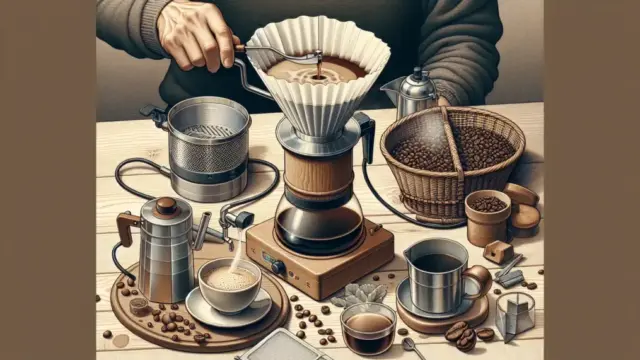

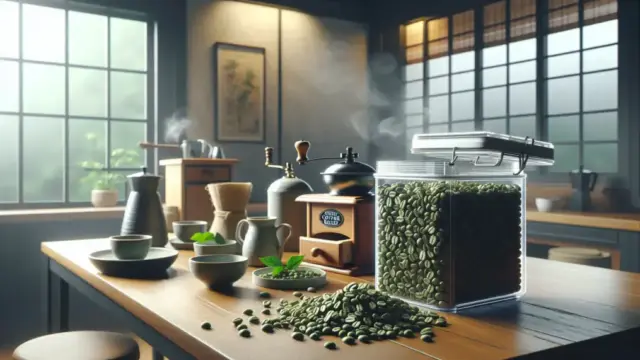
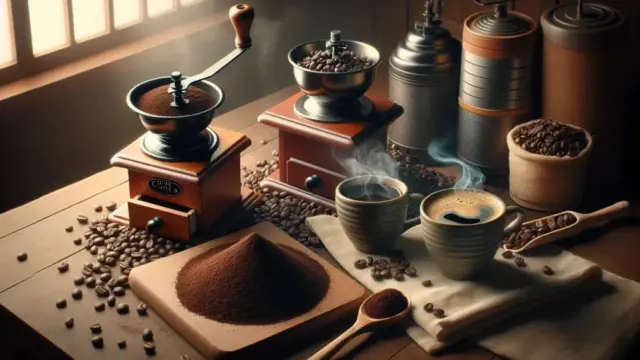


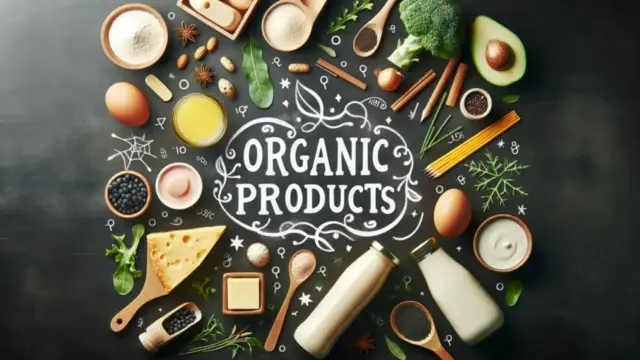























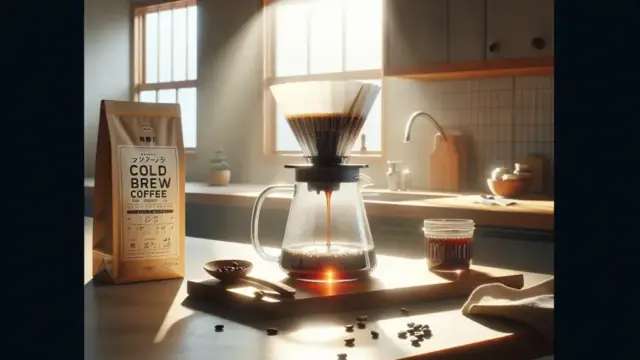










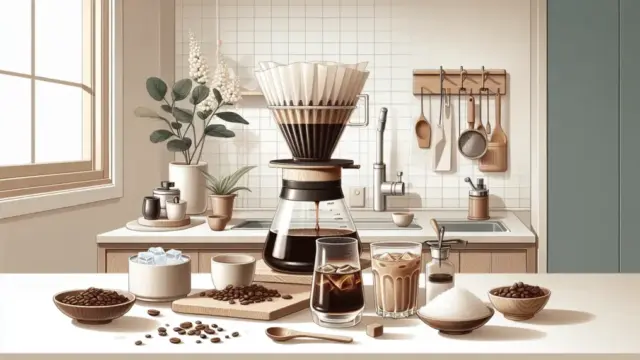
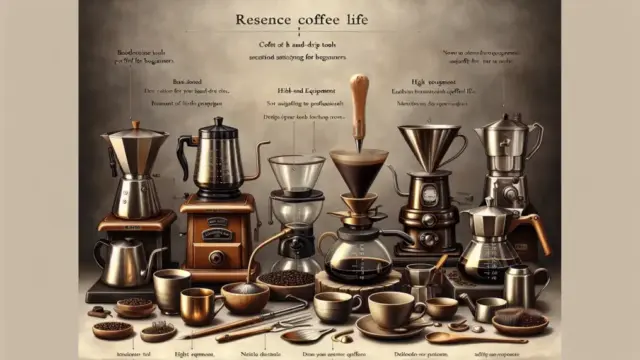

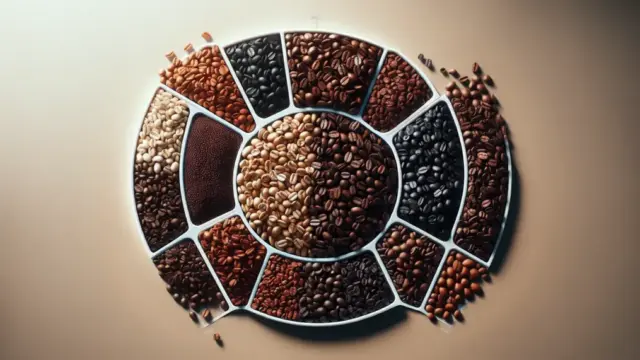




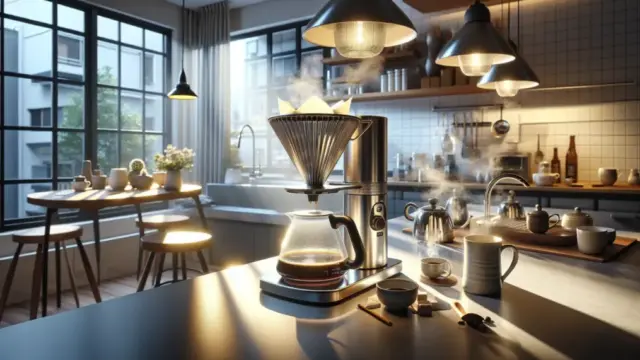
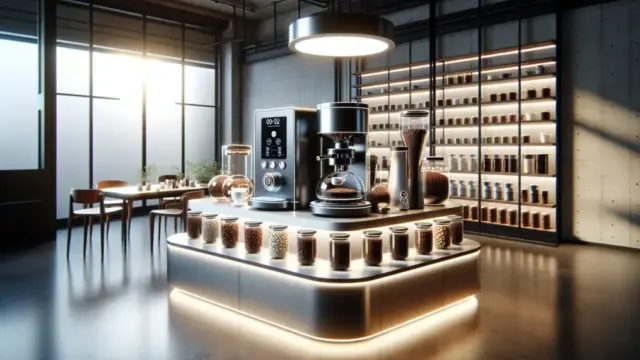
















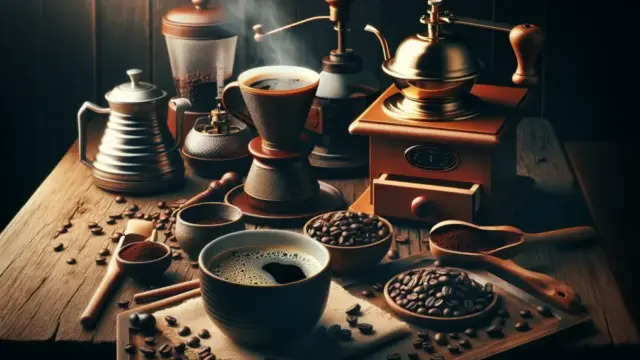
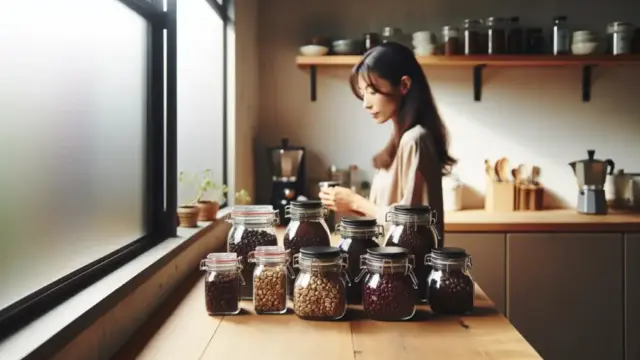
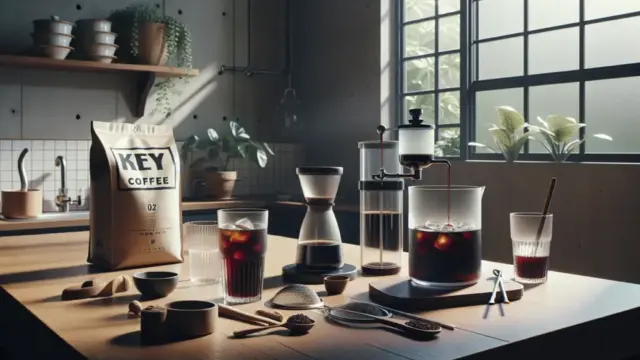

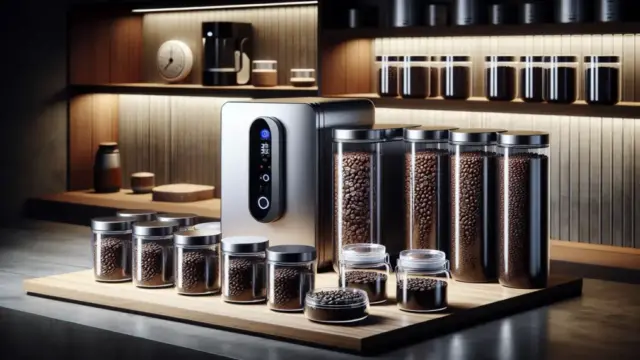
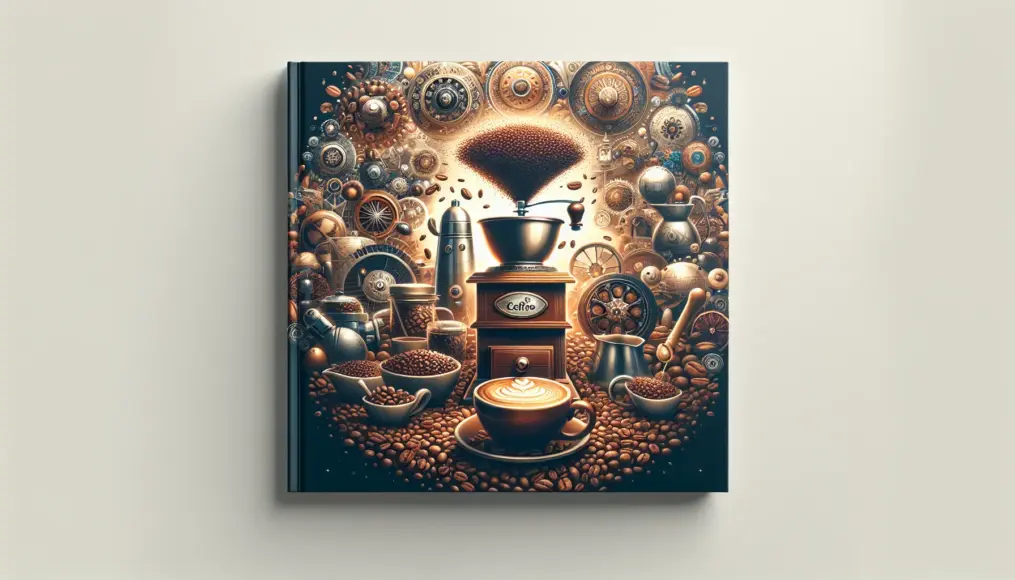
Comment